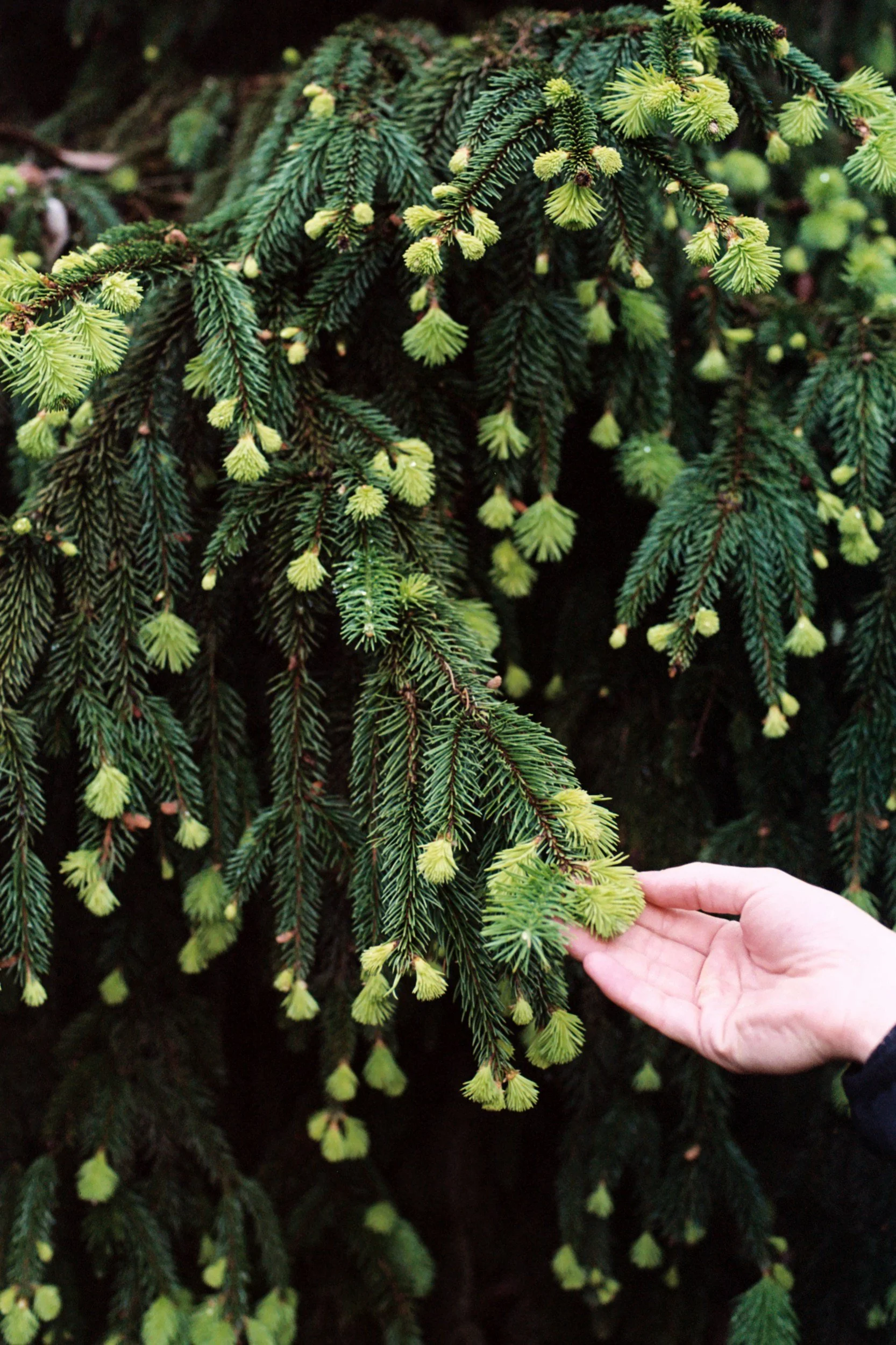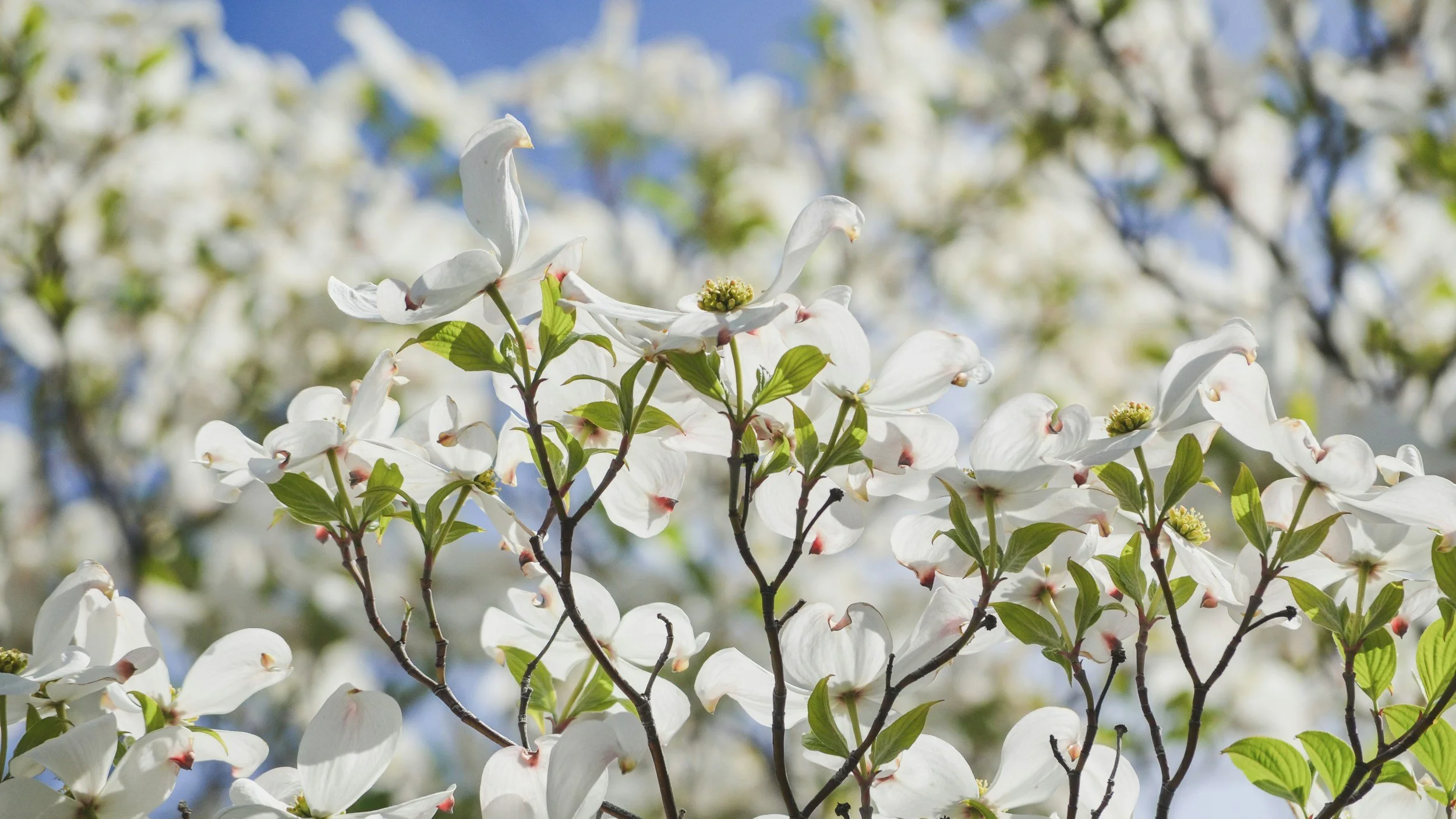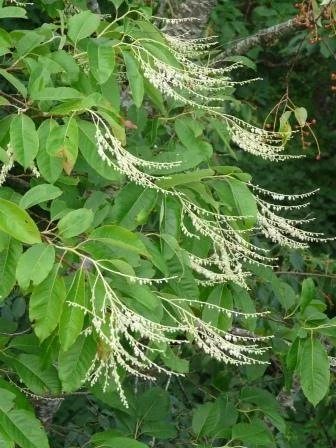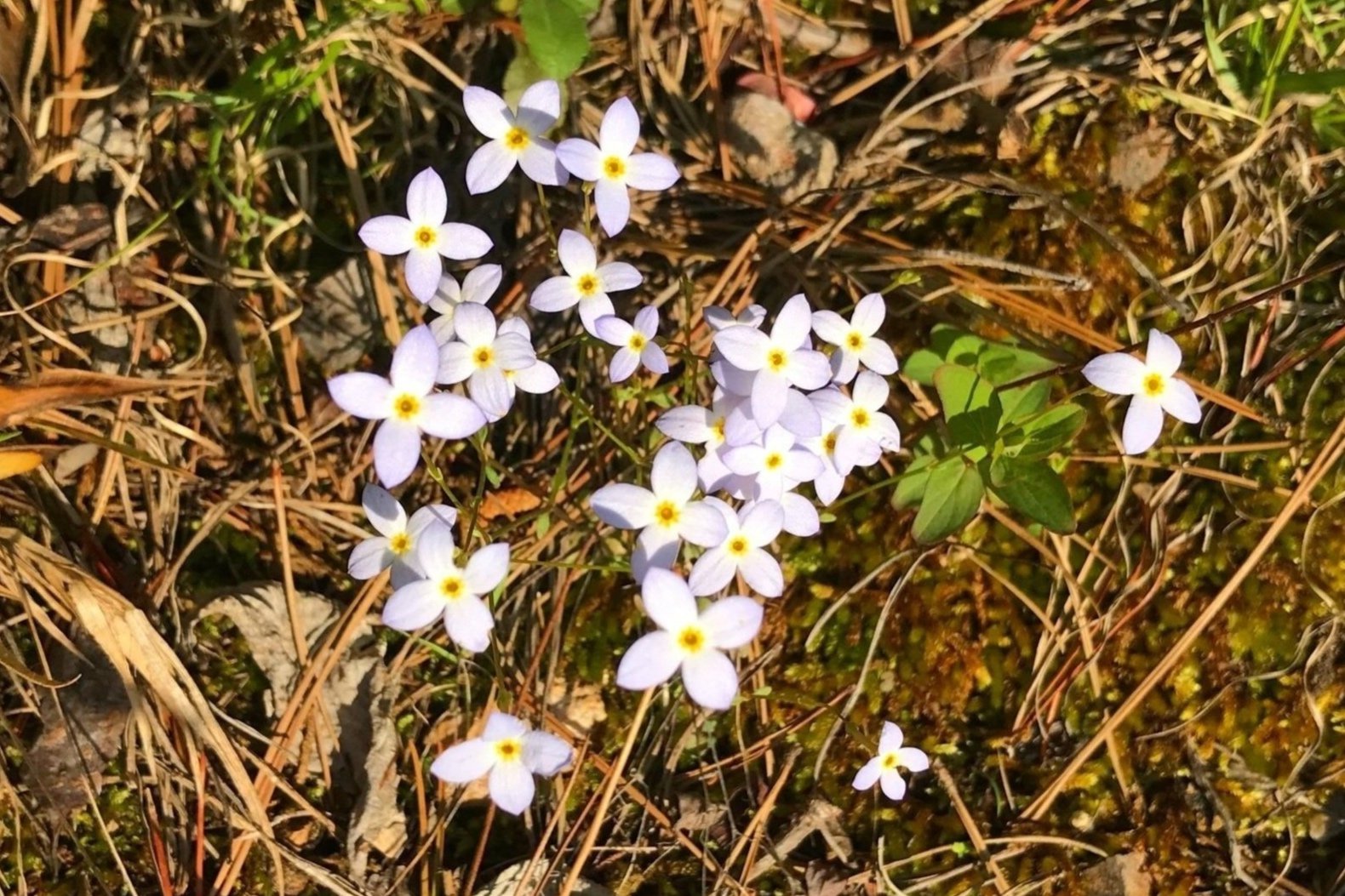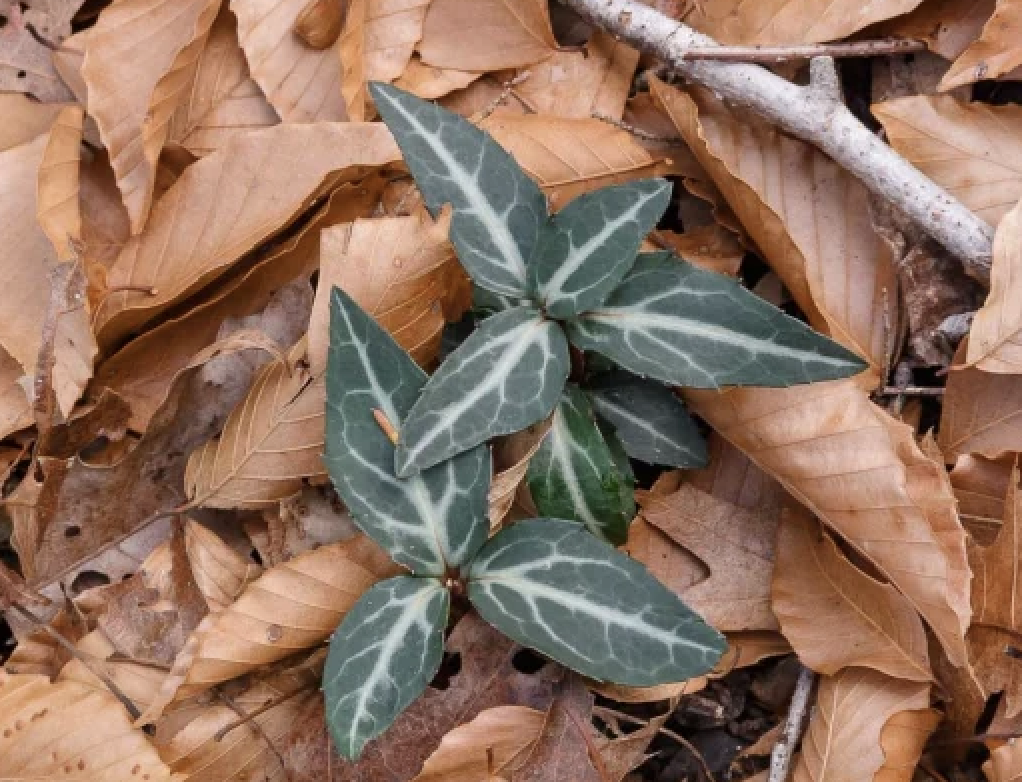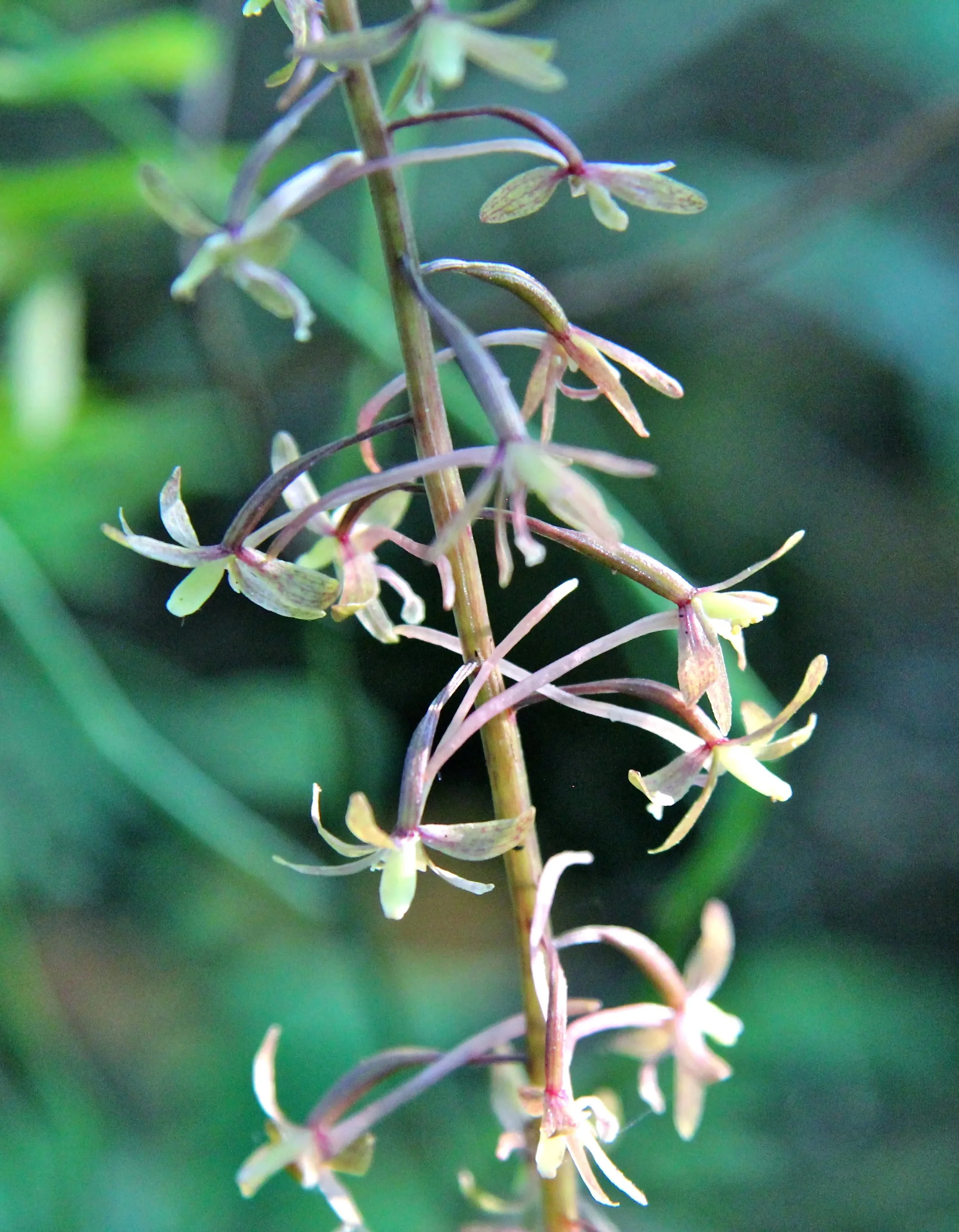A Woodland Garden in Eastern Tennessee
This wooded backyard of oaks and pines was infiltrated by native volunteers before a careful pruning made space for some intentional woodland additions.
GARDENING • WORDS BY AMY FAIRE
While many of his neighbors had opted to remove most of the large trees that grew on their properties, in favor of grass lawns and decorative gardens of non-native plants, my father had opted to keep most of his trees. For over two decades, their leaves were allowed to gather beneath them like a true forest floor. Over time, volunteers crept in and some were quite fortuitous.
When I arrived, the wilderness needed some taming. I removed a number of invasive trees and shrubs. I pulled up endless tangles of poison ivy and honeysuckle. I discovered a number of grasses and wild flowers that had secretly set down roots. Eventually, I began to introduce some woodland plants that are native to the area.
I had been wanting to keep track of all the plants in my backyard simply because I’m a nerd who loves each one of them dearly. As I also love the wilderness of the web, designing a website to house this beloved data made the most sense. The woods have always been my favorite natural place to explore. The haphazard nature of their beauty is more suited to my tastes than any perfectly manicured plot, so a woodland garden was always likely to elicit my devotion. It has also been a much needed reprieve from the screen time that my job as a web designer requires.
This page is actively under construction. Most of the photographs are currently stock. I will eventually replace them with my own.
[April 9, 2025]
The canopyOaks and Evergreens
In any layered forest system—the canopy consists of the tallest and most mature trees. In this yard, oaks and pine trees form that uppermost layer. They play a major role in the light distribution, moisture retention, temperature regulation and even the soil acidity down below.
Quercus palustrisPin Oak
Quercus falcataSouthern Red Oak
Quercus albaWhite Oak
Pinus virginianaVirginia Pines
Liriodendron tulipiferaYellow Poplar
Liriodendron tulipiferaHickory

The UnderstoryShade Trees
The natural establishment of understory trees welcomes species adapted to staying small and thriving in lower light. They create structure and build resilience into a forest system, while feeding pollinators and wildlife,
Oxydendrum arboreumSourwood
Cornus floridaDogwood
Cercis canadensisRed Bud
Cornus floridaViburnum
Cornus floridaWitch Hazel
Cornus floridaServiceberry

shrub layerWoodland Shrub Plants
My garden was always going to be a woodland garden. If you met me when I was ten years old and daily disappearing into the nearby woods I would have told you then.
Oxydendrum arboreumBlueberry
Cornus floridaMountain Laurel
Cercis canadensisRhododendron
Cornus floridaLimelight Hydrangea
Cornus floridaAzalea
Cornus floridaOakleaf Hydrangea

Herbaceous layerWoodland Natives
These spontaneous flora have set down roots by their own accord. Rather than remove them I opted to assist in their spread
Oxydendrum arboreumBluets
Cornus floridaStriped Wintergreen
Tipularia discolorCranefly Orchids
Also known as the Elfin Spur
Cornus floridaSolomon’s Seal
Cornus floridaDwarf Witchgrass
Potentilla canadensisDwarf Cinquefoil

Herbaceous layerWoodland Garden Plants
Some of these plants were added intentionally because they are native to Eastern Tennessee or due to their natural tendency to be found in a woodland space. Others just fit well into the landscape and offered flowers for pollinators, fragrance or fall color.
Oxydendrum arboreumFoam Flower
Cornus floridaLimelight Hydrangea
Cercis canadensisOakleaf Hydrangea
Cornus floridaSpicebush
Cornus floridaRosemary
Cornus floridaServiceberry

Herbaceous layerCottage Garden Plants
Some of these plants were added intentionally because they are native to Eastern Tennessee or because they provide flowers, fall color or other seasonal interest.
Oxydendrum arboreumLittle Quick Fire Hydrangea
Cornus floridaQuick Fire Fab Hydrangea
Cercis canadensisLimelight Hydrangea
Cornus floridaSpicebush
Cornus floridaRosemary
Cornus floridaServiceberry





